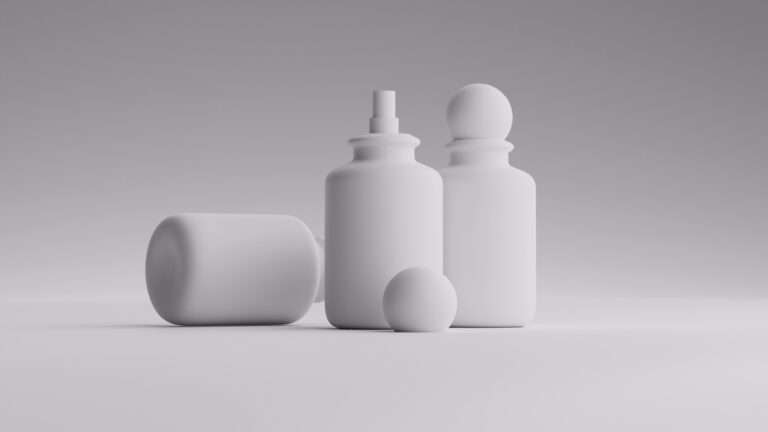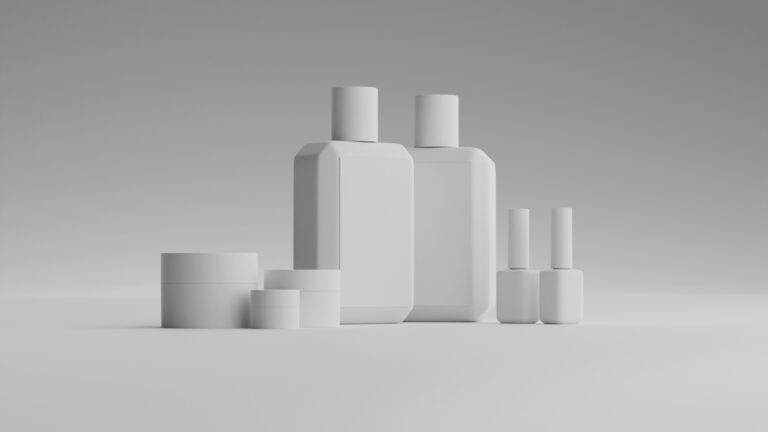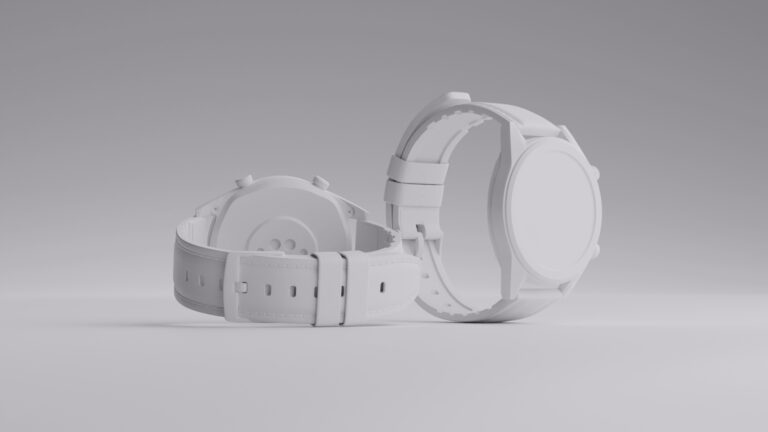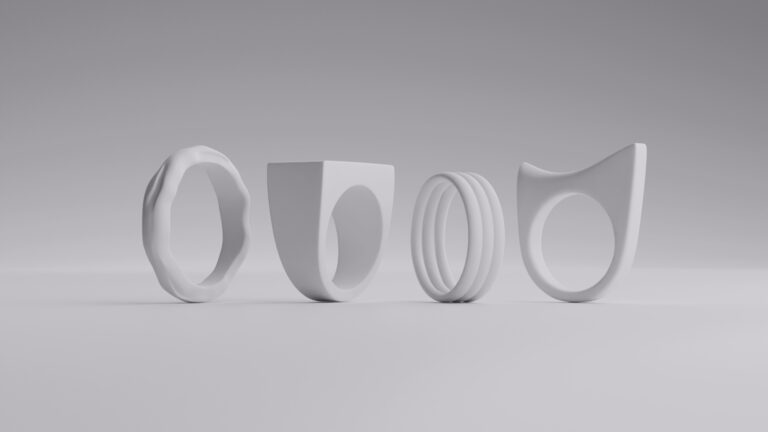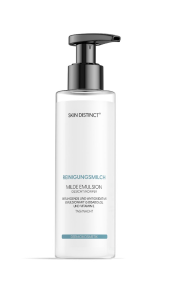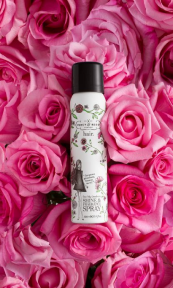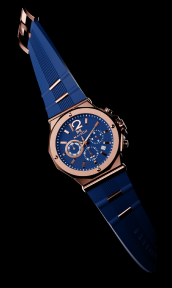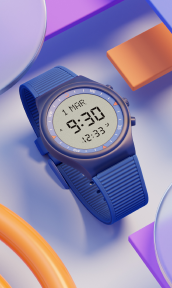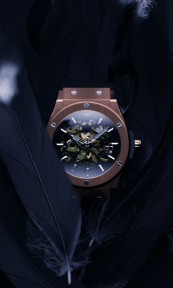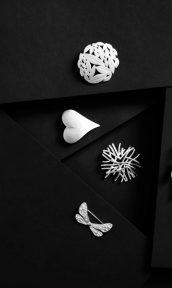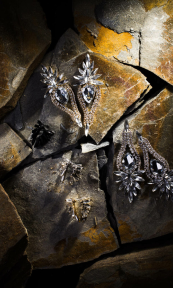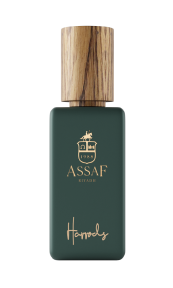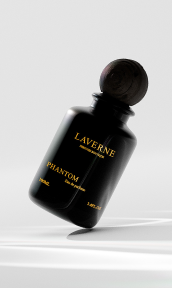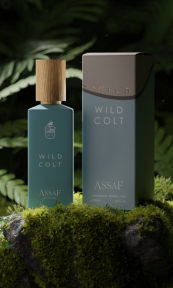If you’re in the e-commerce game, you already know how much product visuals matter. Crisp, professional-looking photos can be the difference between a click and a scroll. But getting those perfect shots used to take time, money, and a good eye for detail. Not anymore. With AI product photography, brands can create high-quality, conversion-boosting images faster and cheaper than ever.
This ain’t some far-off future tech — it’s happening right now, and it’s changing the game. AI is not only replacing traditional product photography in many cases, it’s outperforming it in speed, flexibility, and affordability. Whether you’re a solo online seller or managing a full-scale e-commerce operation, knowing how to harness AI product photography can give you a serious edge.
Why AI is taking over traditional product photography

AI is shifting how we create and use product visuals — fast. And that’s because it solves some big headaches: high costs, long turnaround times, and the need for multiple shoots.
AI saves time and money
Hiring a professional photographer, setting up a studio, organizing props, and waiting on edits? That process takes days or even weeks. AI cuts it down to minutes. Tools like Photoroom and Claid let you generate or enhance product images without ever touching a camera.
AI-based automation reduces the need for manual labor, which translates to lower costs and faster production. This is huge for businesses with large catalogs that need quick updates or seasonal changes.
AI scales easily
Need ten lifestyle shots in five different settings for every product variation? Traditional photography would charge you a fortune for that. With AI, you can do it with a few clicks. Brands can now produce hundreds of product visuals using templates, AI models, and scene generators. This kind of scalability is especially useful for fast-paced e-commerce environments like fashion, beauty, and tech.
AI adapts to trends
Trends in e-commerce photography shift fast — one month it’s minimalist white backgrounds, the next it’s colorful, editorial vibes. AI tools can adjust to these visual demands in real time. Instead of reshooting, you can change lighting, backgrounds, angles, and styles instantly. This means your product visuals stay fresh, relevant, and optimized for conversions without needing a new shoot.
Conclusion
Traditional photography still has its charm, but AI product photography is faster, cheaper, and more adaptive. For growing e-commerce stores, AI doesn’t just compete with traditional methods — it outperforms them in every practical sense.
What AI can do: background removal, color correction, CGI & more

AI product photography tools are like a virtual photo studio in your pocket. They’re built to streamline every step of the image creation process — from simple edits to complete lifestyle transformations. Let’s dive deeper into what AI can do for your e-commerce photography and how you can use it to produce high-converting product visuals.
Background removal and replacement
Cutting out a background used to mean hours of manual work or expensive photo shoots. Not anymore. AI tools now automatically detect the product and remove everything else — clean, fast, and accurate. Apps like Photoroom and Remove.bg are especially popular for their one-click background removal. You can then swap in a white background (ideal for Amazon), a branded color, or even a custom scene.
What makes this powerful is that it keeps the focus on the product. Plus, having control over the background means you can align your product images with your brand identity — whether it’s sleek and minimalist or bold and vibrant.
Color correction and lighting consistency
Product images should be crisp, clear, and true-to-color — no matter what device your customer is using. AI handles this by automatically correcting brightness, saturation, white balance, and contrast.
Tools like Claid and SellerPic offer batch processing features that adjust lighting and tone across hundreds of images at once. This ensures visual consistency throughout your catalog — a must-have for fashion, beauty, or tech brands.
Consistent lighting builds trust. If your product visuals don’t look reliable, shoppers won’t feel confident clicking “Buy Now.” AI image editing automation takes care of this with zero stress on your end.
AI lifestyle scene generation
Want to showcase your product in a real-world setting — but without the time or cost of a lifestyle shoot? AI can generate entire scenes around your product.
Photoroom offers a “Product Staging” feature that automatically places your product into realistic lifestyle scenes. Pebblely also lets users create high-quality aesthetic backdrops by typing in prompts or providing reference images, allowing for customized lifestyle backgrounds. This helps customers imagine your product in their own lives, which is proven to increase emotional connection and sales.
Shadow and reflection generation
Flat-looking photos can make even the best products look dull. AI can fix that by generating realistic shadows and reflections. These details add depth and dimension, making the product appear more tangible and appealing.
Tools like Claid and Dresma automatically add natural-looking shadows based on lighting direction and object shape. You can even tweak the softness and angle to match your brand’s visual style. This might seem like a small detail, but it plays a big role in making your product visuals feel polished and premium.
Smart resizing and aspect ratio adjustments
Different platforms require different image sizes. Instagram wants square, Amazon wants a white-background portrait, and your Shopify store might need banners.
AI tools now come with smart cropping and resizing features. They can adjust the aspect ratio without cutting off important parts of the product — preserving the visual focus while optimizing the layout. That’s a big win for anyone who’s had to manually resize and reformat dozens of images just to keep up with multi-channel selling.
You save hours, avoid mistakes, and keep your product images looking sharp no matter where they’re displayed.
Batch editing for large catalogs
If you’re managing a store with hundreds (or thousands) of SKUs, editing product photos one by one just isn’t realistic. AI lets you upload entire folders and apply edits — like background removal, color correction, or lighting enhancements — all at once.
This makes AI product photography for e-commerce an essential tool for scaling your brand without scaling your budget. You’ll also reduce turnaround time dramatically, which is crucial when launching new collections or seasonal promotions.
Text overlays and branding elements
You can now use AI to add dynamic text overlays, icons, or badges to your product visuals without needing a separate design platform. Tools like Photoroom let you apply “On Sale,” “New Arrival,” or “Eco-Friendly” tags with a consistent design across your entire catalog. This helps shoppers quickly identify key selling points — boosting engagement and improving user experience.
With AI doing the layout and spacing automatically, your visuals stay clean, readable, and professional.
Optimizing visuals for SEO and marketplaces
AI tools also help optimize your product images for better discoverability. How? By embedding metadata, compressing file sizes without quality loss, and meeting image requirements for platforms like Amazon, Etsy, and Google Shopping.
Visual AI ensures your product photos don’t just look great — they’re also built to perform in search engines and sales channels. This is especially useful for brands that rely on organic search and marketplace visibility to drive sales.
Enhancing mobile image performance
More than half of online shopping happens on mobile, and your product images need to look great on small screens. AI tools optimize images for clarity, resolution, and loading speed — all crucial for mobile UX.
Some platforms even let you preview how your visuals will look on mobile vs desktop, helping you make adjustments for each. It’s one more way AI product photography helps you stay ahead in the fast-moving e-commerce world.
CGI vs AI — when to use each one
CGI (computer-generated imagery) still plays an important role in product visuals, especially when you need 3D angles, animations, or hyper-realistic renderings. It’s ideal for high-value items like electronics, furniture, or anything with intricate details (think jewelry, perfumes, cosmetics).
AI, on the other hand, shines when speed, flexibility, and affordability matter most. It’s perfect for fast fashion, accessories, beauty, home goods, and pretty much any product that benefits from high-quality static visuals.
And the truth is — you don’t have to choose. Many e-commerce brands are combining CGI and AI product photography to get the best of both worlds.
Conclusion
AI isn’t just a tool — it’s a creative partner for your e-commerce brand. From fast edits to full-on scene generation, it transforms how you present your products. When combined with CGI and other smart strategies, AI product photography can elevate your store’s entire visual identity.
And best of all? It gives you more time to focus on strategy, storytelling, and selling — while your visuals work harder than ever behind the scenes.
Benefits and tips for choosing the right AI tools

Now that you know what AI can do, let’s talk about what it brings to your business — and how to pick the right tools to make it work for you.
Consistency and branding
AI helps maintain a uniform look across all product images, which is key for a professional online store. Using the same lighting, angles, and background styles builds visual trust and strengthens your branding. Customers are more likely to click and buy when your store looks neat, polished, and reliable.
Conversion-boosting visuals
Clean, high-quality images aren’t just pretty — they directly impact sales. AI can enhance resolution, optimize compositions, and even A/B test visuals to see what converts best. According to latest research, AI-enhanced visuals can boost conversions by up to 30%. It’s not just about making things look good. It’s about making them sell better.
Ease of use for teams
You don’t need to be a designer to use AI product photography tools. Most platforms have drag-and-drop interfaces and simple workflows. This means your marketing or product team can generate great visuals without hiring extra help or learning complex software. It also makes collaboration easier — everyone from copywriters to managers can jump in and make image tweaks on the fly.
Conclusion
AI product photography tools offer real business value: better branding, higher conversions, and simpler workflows. Just make sure you pick a platform that fits your specific needs — whether that’s bulk processing, lifestyle staging, or editing automation.
Why CGI still matters — and how it works with AI

AI is amazing, but don’t count CGI out just yet. When used right, CGI and AI can actually work hand in hand to create stunning product visuals.
CGI shines with complex products
For items like furniture, electronics, or anything that benefits from 3D modeling, CGI is still top-tier. It lets you showcase every angle, create animations, and demonstrate features in ways that flat images can’t match. Welpix offers a team of skilled CGI artists who craft hyper-realistic product visuals with impressive turnaround times — combining artistry and efficiency to deliver stunning results.
AI enhances CGI workflows
Even when you use CGI, AI can speed up the process by helping with staging, lighting, and post-production. AI tools can auto-match CGI renderings to brand guidelines, adjust shadows, and clean up inconsistencies. Instead of choosing one over the other, many e-commerce brands use both for a hybrid approach that saves time and elevates visuals.
New trends are AI-CGI mashups
The future of e-commerce photography looks like a blend: AI-generated settings, CGI-rendered products, and smart editing all in one platform. This approach gives you control, creativity, and flexibility — while still keeping costs down. We’re already seeing brands in fashion, cosmetics, and electronics adopt these mashups to produce gorgeous visuals at scale.
Wrapping up
AI product photography for e-commerce isn’t just a trendy tool — it’s a full-blown revolution. From saving time and money to improving consistency and boosting conversions, AI has transformed the way brands create and manage product visuals. Whether you’re running a one-person shop or scaling a global store, these tools give you the freedom to create beautiful, on-brand images without the usual stress and cost of traditional photography. The best part? You don’t need to be a designer or a tech wizard to make it work for you.
That said, AI doesn’t exist in a vacuum. When paired with CGI, it unlocks even more possibilities, especially for complex or high-end products. The smartest brands are blending both technologies to get efficiency and quality — using AI for fast, flexible edits and CGI for lifelike renders and animations. The future of e-commerce photography is hybrid, intelligent, and deeply creative. If you’re not tapping into this power yet, now’s the time. Your products — and your customers — deserve visuals that sell and inspire.
FAQ
What is AI product photography for e-commerce?
It’s the use of artificial intelligence to create, edit, or enhance product visuals. It replaces or complements traditional photography with automated tools.
Is AI product photography better than hiring a photographer?
For many use cases, yes. It’s faster, cheaper, and easier to scale — especially for online stores with large catalogs or limited budgets.
Can AI make lifestyle images too?
Absolutely. Many AI tools now offer virtual staging features that place your product in realistic, on-brand scenes without needing a photoshoot.
How does AI compare to CGI?
AI is faster and cheaper. CGI is better for complex, 3D products. But the best results often come from using both together.
What’s the best AI tool for product images?
It depends on your needs. Welpix is great for CGI-AI mashups. Photoroom and Claid are excellent for editing. Choose based on the size of your catalog, the style of visuals you need, and your team’s workflow.








